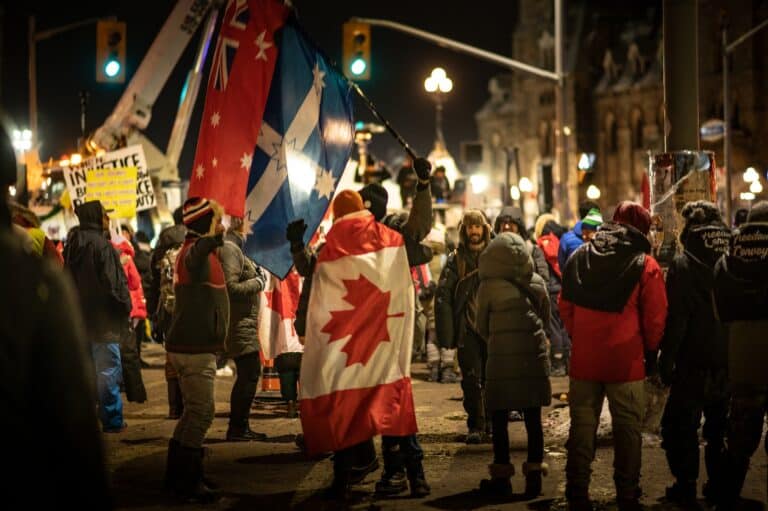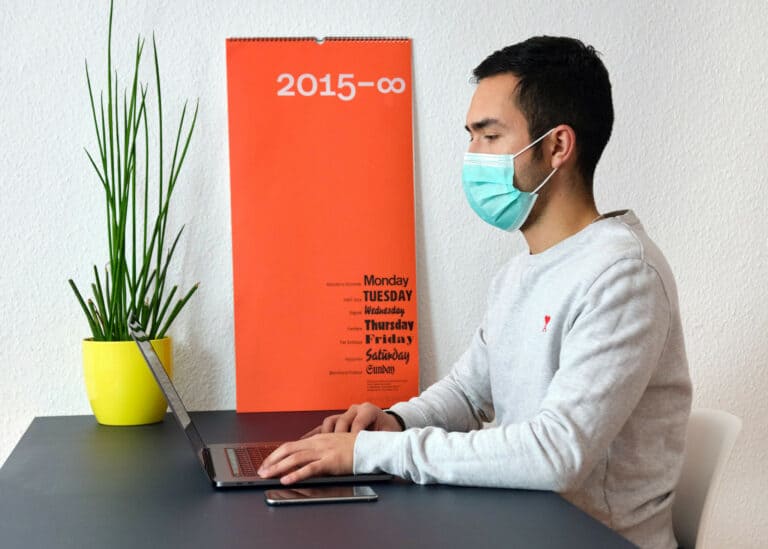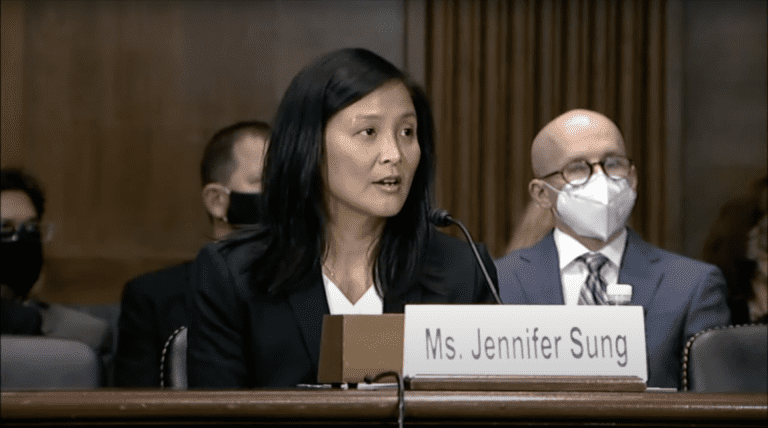Ross Evans is a student at Harvard Law School and a member of the Labor and Employment Lab.
In a piece entitled “What Do Unions Do in a Pandemic,” Jared recently highlighted how unions—across various industries including healthcare, food processing, meatpacking, hospitality, airline, and higher-education—have responded to COVID-19. One noteworthy sector that Jared did not address, however, is professional sports—a $160 billion, heavily unionized industry which, as the New York Times recently explained, until now “ha[d] largely proven to be somewhat recession proof.” But, unlike in past economic recessions, professional athletes find themselves in the same position as millions of other working Americans: unable to work. Indeed, the National Basketball Association (“NBA”) and National Hockey League both halted their nearly complete regular seasons in March, while Major League Baseball (“MLB”) has indefinitely postponed opening day and, in the best-case scenario, faces a shortened season for the first time since the end of the 1994–1995 players’ strike. Likewise, the Women’s National Basketball Association (“WNBA”), in the first year of their new collective bargaining agreement with the Women’s National Basketball Players Association (“WNBPA”), indefinitely postponed teams’ training camps and the league’s planned May 15 tipoff.
So what have professional-sports unions been doing in response to COVID-19? Much like unions in other sectors, unions in professional sports have been working to ensure financial security, healthcare coverage, and workplace safety for its members over the past few months. But the extraordinarily high compensation earned by many player-members has also enabled professional-sports unions to take a leading philanthropic role in the COVID-19 response.
Financial Security. Though the parties reportedly continue to negotiate potential terms for an updated agreement for a shortened season without fans, MLB and the Major League Baseball Players Association (“MLBPA”) negotiated an initial agreement governing the indefinitely suspended 2020 season in late March. As part of this initial agreement, MLB agreed to advance $170 million in salaries to players on clubs’ 40-man rosters (among others) as part of this agreement, which comes to more than six-figures per player on average. Though this is much less than players are accustomed to earning, this salary advance represents a win for players for at least two reasons. First, MLB cannot claw back this $170 million from players, even if the 2020 season is canceled in its entirety. Second, and relatedly, MLB’s uniform player contract—part of the collectively bargained MLB-MLBPA Basic Agreement— gives MLB’s Commissioner the right “to suspend the operation of this contract during any national emergency during which Major League Baseball is not played.” In other words, MLB had a collectively bargained right to pay players nothing, yet the union managed to negotiate $170 million in guaranteed compensation for players. And this was not the only positive development for players: MLB also agreed to credit players for a full season of “service time”—the accrual of which is necessary for players to earn their full open-market value as a free agent—even if the season is ultimately canceled. MLB, for its part, also deserves credit: not only for reaching this deal with the MLBPA, but also for guaranteeing minor-league baseball players a $400-per-week stipend and medical care through at least May 31, even if play has not resumed. Unlike unionized MLB players, represented by the MLBPA, minor-league baseball players are not unionized.
Healthcare Coverage. As mentioned, the WNBA season—including teams’ training camps and the regular-season tipoff—have been indefinitely postponed. That said, on April 21, the league still held the WNBA Draft (where teams can select “rookie” players) with great success: despite its virtual format, it “was the most-watched WNBA Draft in 16 years and the second most-watched in ESPN’s history.” But according to the WNBA-WNBPA Collective Bargaining Agreement, health-insurance coverage does not start for rookie players until the “first day of training camp,” which could have left the thirty-six players drafted with a gap in healthcare coverage at the worst possible time. Fortunately, however, this had been a topic of conversation between the WNBA and WNBPA and thus WNBA Commissioner Cathy Engelbert announced rookie players would “receive full health benefits beginning on May 1.”
Workplace Safety. The National Football League (“NFL”) regular season, not scheduled to begin until September, has not yet been affected by COVID-19. And while the National Football League Players Association (“NFLPA”) hopes to start the season as scheduled, the union has also made it clear that their top priority is, “How can we protect our players?” To that end, last month, the NFLPA negotiated an agreement with the NFL where clubs could still hold their annual voluntary offseason programs this month, albeit virtually.
Philanthropy. One unique thing about some professional-sports unions is the unusually high compensation earned by many of their player-members and the overall lucrativeness of the industry. Consider, for example, the NBA, where the average player earned $6.4 million last season. Consequently, the National Basketball Players Association (“NBPA”) and its player-members have laudably stepped up philanthropically during COVID-19. Indeed, as Forbes reports, “[d]uring the coronavirus pandemic alone 97 NBA players and the NBPA Foundation have donated $5.5 million combined to nonprofits to assist in the relief effort”—and the Executive Director of the NBPA Foundations only expects this number “to skyrocket in the next three months.” Similarly, in mid-March, MLB and the MLBPA teamed up to donate $1 million to Feeding America and Meals on Wheels America.
In sum, COVID-19 has highlighted many benefits that professional sports unions, like unions generally, offer to workers. Given all of this high-profile profile activity from professional-sports unions recently, it will be particularly interesting to see how the NLRB unionization election among players in the NBA’s developmental “G-League” unfolds.










Daily News & Commentary
Start your day with our roundup of the latest labor developments. See all
July 11
Regional director orders election without Board quorum; 9th Circuit pauses injunction on Executive Order; Driverless car legislation in Massachusetts
July 10
Wisconsin Supreme Court holds UW Health nurses are not covered by Wisconsin’s Labor Peace Act; a district judge denies the request to stay an injunction pending appeal; the NFLPA appeals an arbitration decision.
July 9
the Supreme Court allows Trump to proceed with mass firings; Secretary of Agriculture suggests Medicaid recipients replace deported migrant farmworkers; DHS ends TPS for Nicaragua and Honduras
July 8
In today’s news and commentary, Apple wins at the Fifth Circuit against the NLRB, Florida enacts a noncompete-friendly law, and complications with the No Tax on Tips in the Big Beautiful Bill. Apple won an appeal overturning a National Labor Relations Board (NLRB) decision that the company violated labor law by coercively questioning an employee […]
July 7
LA economy deals with fallout from ICE raids; a new appeal challenges the NCAA antitrust settlement; and the EPA places dissenting employees on leave.
July 6
Municipal workers in Philadelphia continue to strike; Zohran Mamdani collects union endorsements; UFCW grocery workers in California and Colorado reach tentative agreements.